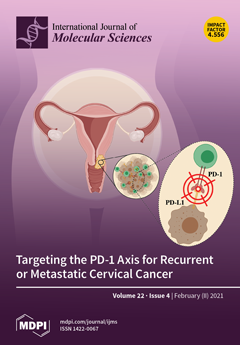Oral submucous fibrosis (OSF) is known as a potentially malignant disorder, which may result from chemical irritation due to areca nuts (such as arecoline). Emerging evidence suggests that fibrogenesis and carcinogenesis are regulated by the interaction of long noncoding RNAs (lncRNAs) and microRNAs. Among these regulators, profibrotic lncRNA
H19 has been found to be overexpressed in several fibrosis diseases. Here, we examined the expression of
H19 in OSF specimens and its functional role in fibrotic buccal mucosal fibroblasts (fBMFs). Our results indicate that the aberrantly overexpressed
H19 contributed to higher myofibroblast activities, such as collagen gel contractility and migration ability. We also demonstrated that
H19 interacted with
miR-
29b, which suppressed the direct binding of
miR-
29b to the 3′-untranslated region of type I collagen (COL1A1). We showed that ectopic expression of
miR-
29b ameliorated various myofibroblast phenotypes and the expression of α-smooth muscle actin (α-SMA), COL1A1, and fibronectin (FN1) in fBMFs. In OSF tissues, we found that the expression of
miR-
29b was downregulated and there was a negative correlation between
miR-
29b and these fibrosis markers. Lastly, we demonstrate that arecoline stimulated the upregulation of
H19 through the transforming growth factor (TGF)-β pathway. Altogether, this study suggests that increased TGF-β secretion following areca nut chewing may induce the upregulation of
H19, which serves as a natural sponge for
miR-
29b and impedes its antifibrotic effects.
Full article






